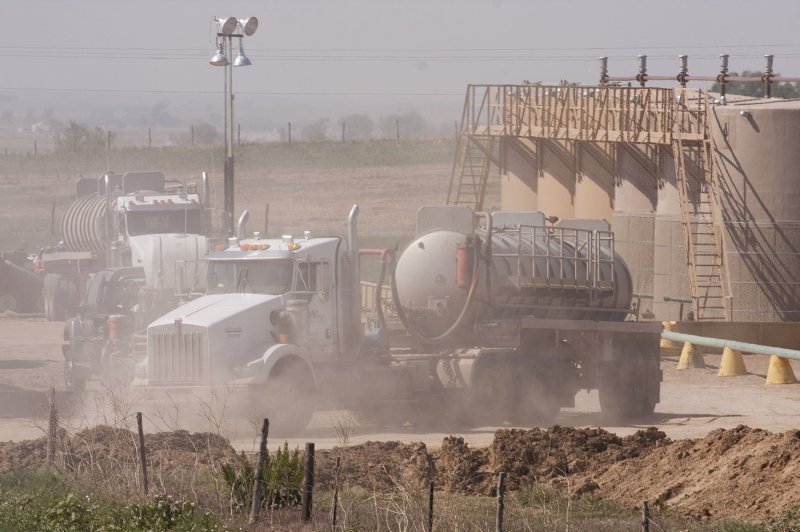CUSHING, Okla., Nov. 7 (UPI) -- There have been no reports of pipeline problems stemming from an earthquake in Oklahoma near the main U.S. oil storage hub in Cushing, a state agency said.
Six seismic events were recorded in Oklahoma by the U.S. Geological Survey over the last 24 hours and one was recorded just over the state border in Kansas. The largest quake to strike the area was a magnitude-5.0 event in Cushing, Okla., which was followed an hour later by a smaller magnitude-2.3 tremor.















